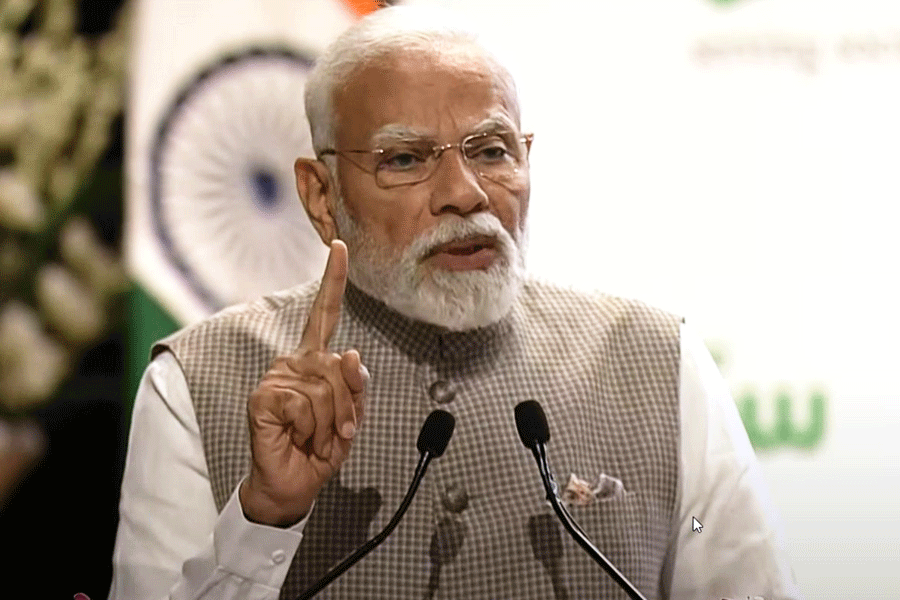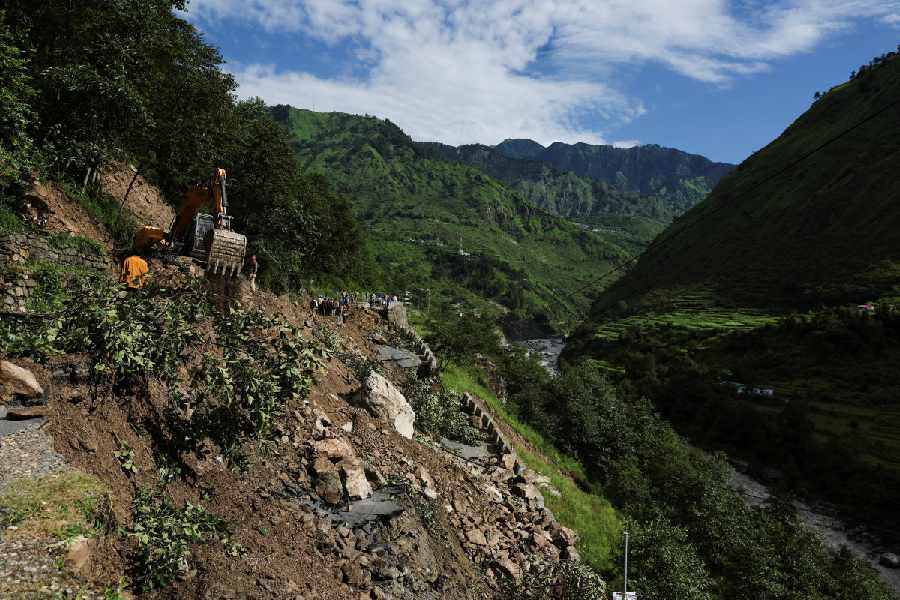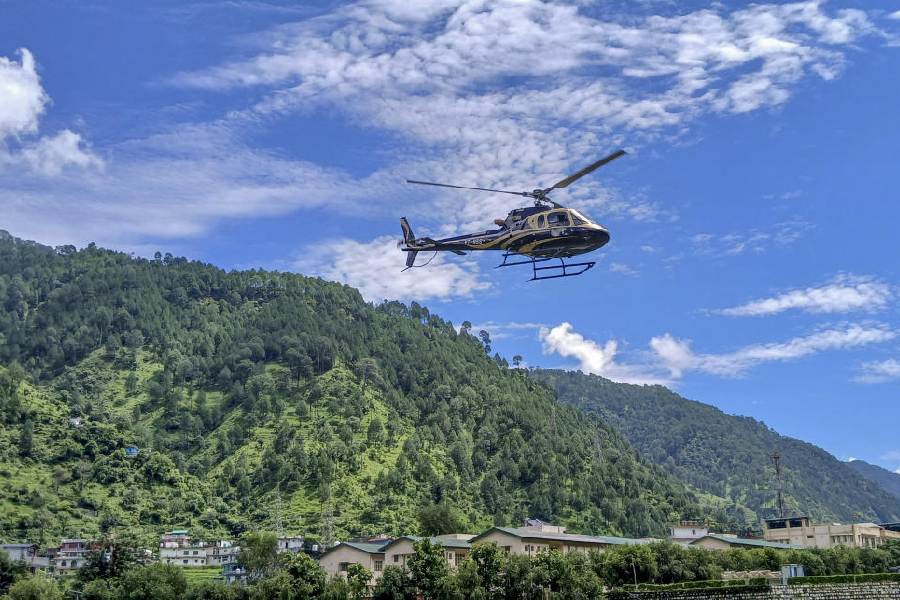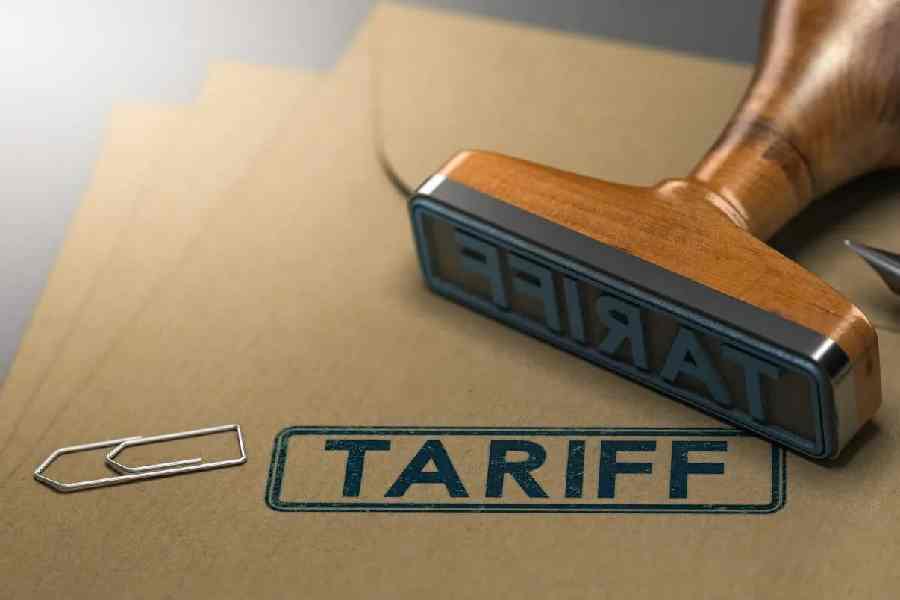 |
| Usagi Mori (rabbit forest) |
Fukushima Prefecture became known the world over for all the wrong reasons since the Great East Japan Earthquake of March 11, 2011. Fears of a nuclear disaster at the Daiichi Nuclear Plant spread like wildfire. Two years later, I got an opportunity to visit the Japanese province — and for entirely right reasons! I am a student of Japanese at the Nihongo Academy in Salt Lake and was picked to be among 128 young Indians to visit Japan as part of The Kizuna Project.
“Kizuna” means “bond” in Japanese. I cannot thank my sensei (teacher) Kumkum Nandy enough for helping me realise this dream. This youth exchange project with Asia-Oceania and North America is part of Japan’s reconstruction plans after the damage caused by the earthquake and is aimed at promoting global understanding of its revival.
Excited and slightly anxious too, about travelling to Fukushima, my head swirled with big plans of buying loads and loads of Manga or Japanese comic books. I left Calcutta on March 3 to discover the ‘Land of the Rising Sun’.
By the clock
The first day in Tokyo was over even before I could adjust myself to my new surroundings — polished streets flanked by skyscrapers (how I craned my neck to gape at Sky Tower and the Tokyo Metropolitan Building!), the perfect spring weather and the most polite people with a (peculiar) penchant for punctuality. A 10-minute break from 1.49pm would end at 1.59pm, NOT 2pm or 2.05pm!
We were briefed about our stay in Minamiaizu town, located in the southwestern part of Fukushima Prefecture. They said there would be snow... lots of it. We boarded an express train from Asakusa, which would take us all the way to Minamiaizu. Bidding adieu to modern civilisation, I fell in love with Japan’s spectacular countryside as I set my eyes on the snow-clad trees and mountains.
 |
| Okiagari-koboshi doll |
 |
| Shinkansen (bullet train) |
Our hotel was called Daikura Inn, one of the four ski resorts in Minamiaizu. Unfortunately, tourists rarely tread this area now as a result of risk rumours that have cropped up after the Daiichi Nuclear Plant accident in the wake of the 2011 earthquake.
While thousands of people have been forced to evacuate and set up home elsewhere, the rumours have indirectly caused an economic crisis. Minamiaizu, among other places in Fukushima, has been battling a loss in revenue ever since. Thousands of ski reservations made by tourists and schools have been cancelled and food products in Minamiaizu have had less takers. We wolfed down a delicious meal that included rice and Nango tomatoes, for which Minamiaizu is famous. And the Salmon Carpaccio and Squid Tempura were to die for!
At the Town Hall, the mayor of Minamiaizu greeted us with a polite smile, his face a picture of sasukene. Originating in Fukushima, this term means “it’s alright” or “no problem”. And it best defines the indomitable spirit of Fukushima residents.
We had been told that most places in Tohoku have radioactive levels below that of certain parts of Tokyo or Delhi. A seminar on the safety of agricultural produce showed us that every single product sold in the markets goes through radioactivity checks for permissible standards set by the World Health Organization. If the product meets these standards, it’s marked with a sticker labelling it “safe food”. This can be validated by using an app that can be installed in any mobile phone or computer. Also, large amounts of zeolite are used to help decontaminate the soil.
A Sugoi time
We met three disaster survivors from Tomioka machi (town), who told us how they had lost touch with their families and how they had been forced to live in their cars during the disaster.
A visit to an evacuation community in Ina village opened our eyes to the rehabilitation efforts. The entire community was built in a matter of three months and TEPCO (the power company at Daiichi) has been providing each member with 100,000 yen per month. Emergency lights have been installed to alert others of any impending danger.
We also made a short visit to Nango Elementary School to experience Japanese school life. The school’s entrance was adorned with beautiful dolls that represented figures from a Japanese imperial courtroom on account of Hinamatsuri (doll festival) on March 3. Shodo (calligraphy) was lots of fun to try, though I struggled with a big paintbrush to write my name in Japanese. The art teacher gave me a thumbs up and said “Sugoi (awesome)”!
Another day, we took a sightseeing train from Aizutajima to Nishikawamatsu. Ichigo gari (strawberry picking) was first on our list. The idea was to show us that the local produce was completely safe.
Our next stop was Tsuruga jo, a seven-storey castle now reduced to five, built by Gamo Ujisato when he became the ruler of Aizu. The foundation of the castle was laid in 1384 and the castle gained fame as an impregnable fortress when it withstood a month of heavy attacks during the Boshin War, only to be destroyed by orders of the Meiji government. It was restored in 1965.
Never give up
Aizu is often called Samurai City. Tsuruga Castle houses various samurai war motifs from katanas to traditional samurai war gear. As we shopped for lacquered wood products, my eyes fell on these beautiful papier mache dolls called Okiagari-koboshi. Along with the nodding red cow, Akabeko, this doll is omnipresent in Japan. With a gentle smile on its face, the doll is made in such a way that it doesn’t topple over, the message being, ‘never give up’. This good luck charm has been around for 400 years. Both the Akabeko and Okiagari-koboshi originated in the Fukushima region.
We also made a trip to Usagi Mori (rabbit forest) for a stroll in the snow. Wearing kanjikis (traditional snow shoes), we walked into the forest, even though it was very tough to move forward without getting our feet stuck in two feet of snow. While some of us broke into snowball fights, the rest climbed precariously tall snow mounts in order to slide all the way down!
We later participated in a rather unsuccessful wood carving session. We chopped, hacked and prayed that our hands don’t fall off! We were shown healthy silk cocoons and pine cones in order to refute rumours about radioactivity causing environmental degradation. Finally, we learnt how to make mochi (a sticky sweet made from rice), using a hammer to pound the mixture into the desirable texture. Yum!
Japanese dad
The most interesting part of the entire trip happened right at the end, when we were grouped in fours and sent for a night’s farm stay. I will never forget my “host parents”, the Moris of Ina village. Building a snowman resembling the Okiagari-koboshi doll with my “host father” was loads of fun. The day we left Minamiaizu, it snowed the entire day. Fukushima was clearly sad to bid us sayonara (goodbye). A gorgeous shinkansen (bullet train) awaited us at Shin Shirakawa station that whisked us away to Tokyo.
To do in Tokyo
If you are an otaku (well, you are one if you know what that means) and all you want is to buy gadgets, anime DVDs and Manga, head for Akihabara, a district in central Tokyo. You’ll find the famous “maid cafes” as well as the iconic Gundam Cafe here. Go to any Mandarake in Tokyo to buy anime action figurines.
For the latest trends in fashion, head to Shibuya and Harajuku. Don’t miss walking down the Shibuya Crossing. If you feel your taste is a little upscale, go to Ginza. Prada, YSL, Gucci — nothing shall elude you.
Roppongi has a spectacular nightlife, while Ebisu is well-known for its restaurants and izakayas (bars). Don’t forget to take a view of Tokyo atop Tokyo Tower at night.
Worried about what to take back home? One option is to go to the hyaku or 100 yen shops, scattered all around Tokyo. Asakusa is known for selling affordable souvenirs. Oriental Bazaar in Harajuku is another well-known shop stop. Popular souvenirs include sensu (Japanese fans), paper lanterns, hashi (chopstick), bento lunchboxes, Daruma dolls, Maneki-neko (cat charms), ningyo (Japanese dolls), Ukiyo-e (woodblock prints), yukata (cotton kimono), geta (wood sandals), furin (wind chime), tenugui (printed cotton towels), wagasa (bamboo umbrellas).
If you want to buy Manga, drop in at the nearest “Book Off” for some amazing deals.
Try out the local cuisine. Sushi and tempura you know, but mind you, they’re expensive. One can order takoyaki (octopus dumplings), monjayaki or okonomiyaki (a sort of pancake), yakiniku (assorted grilled meat), gyoza (dumplings) and, of course, the ever-popular ramen (Japanese noodles). Food stalls and restaurants remain open till late.
Not having a karaoke jam when you are in Japan will be a huge miss. Try a karaoke bar in Shinjuku. I went to Karaoke Kan. Get clicked at any purikura (photo booth) in the city — everyone looks fantastic in a purikura photo!
If you are tired of the city buzz, hop into an Internet cafe. Stacked with the latest games, Mangas and the worldwide web, with the added option of ordering in food and drinks, it’s just a lazy boy’s delight!
Above all, get a map and hit the road. Every alley has something new to offer.











